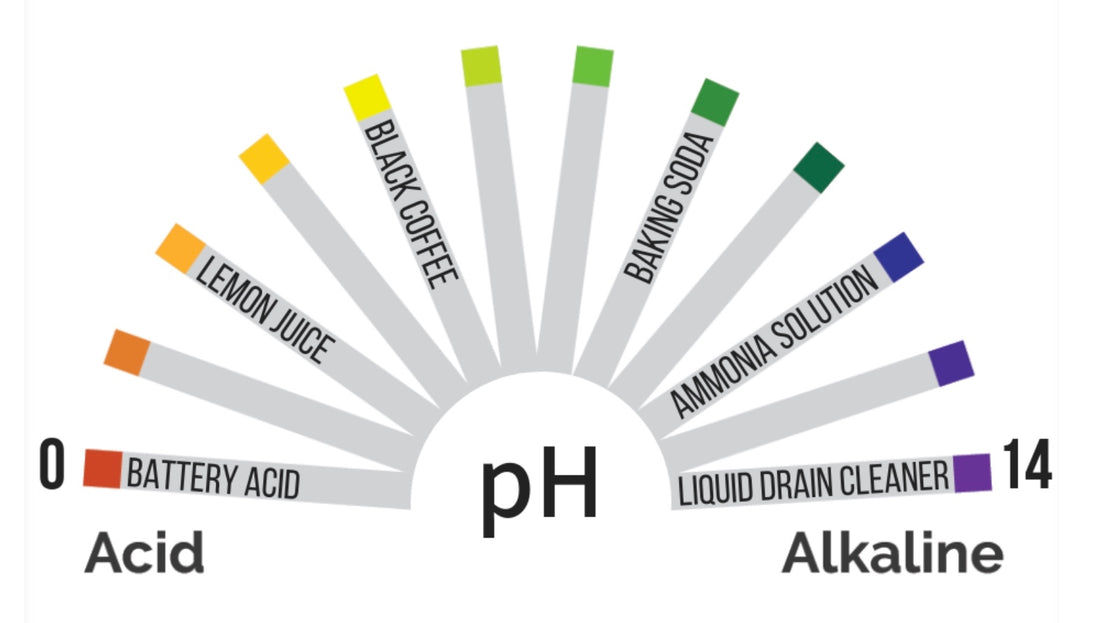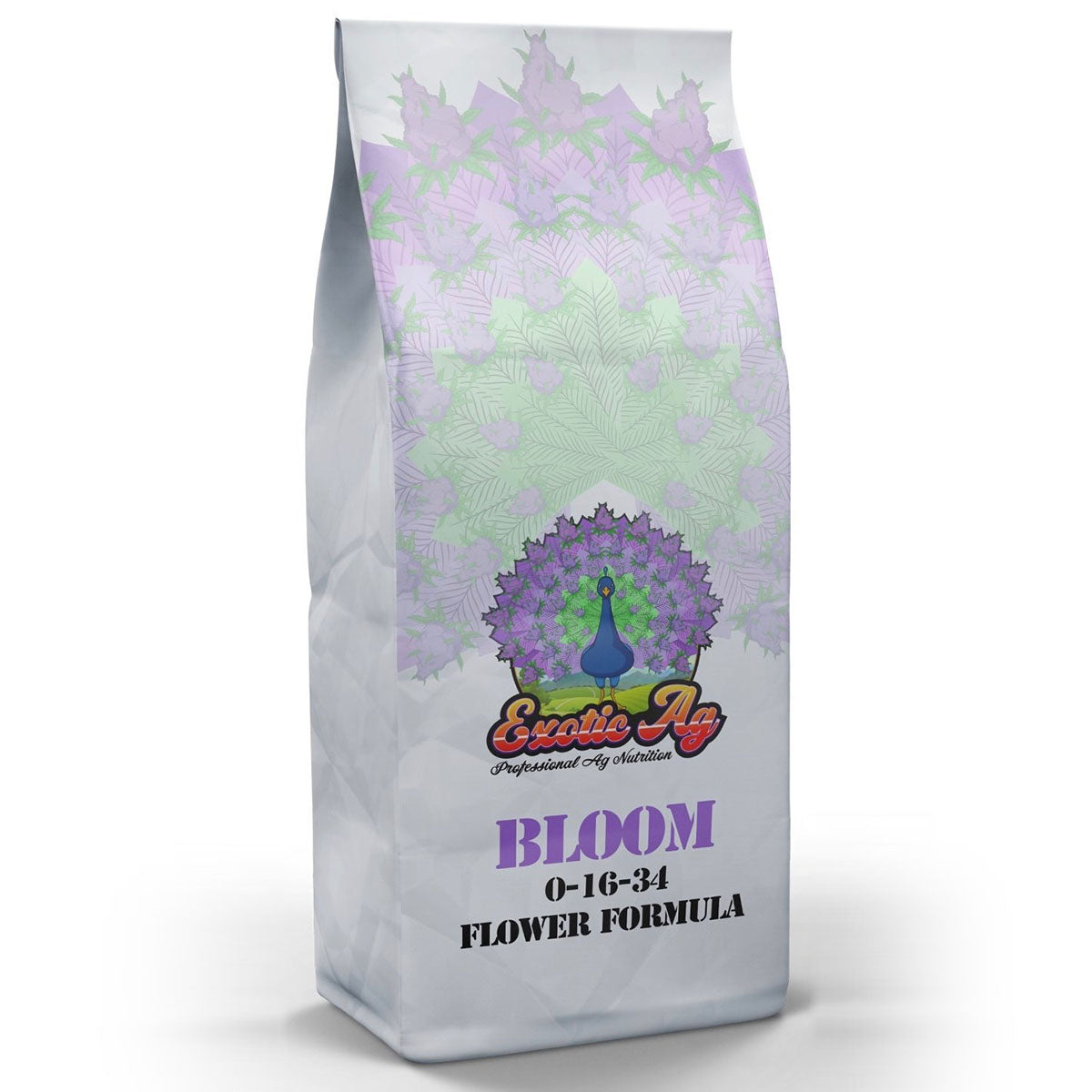pH Management | Ensuring Bigger Yields
2 min read
What is pH? pH stands for potential hydrogen and it is the measurement of hydrogen and hydrogen ions using a scale of pH 0 to pH 14, with pH 7.0 being neutral. If your water, nutrient solution or grow medium pH is below 7.0, it is referred to as acidic, and above 7.0 is alkaline or basic. An ideal range to ensure proper nutrient uptake for most plants, including cannabis, is between 5.8 - 6.2.
Managing pH of Your Nutrient Solution
The elements contained in macro, secondary and micro-nutrients are divided into two groups: Cations and Anions. The cation group includes Urea and Ammonium (Nitrogen sources), Potassium, Calcium, Magnesium, Iron, Zinc, Manganese, Copper and Cobalt. The Anion group includes Nitrates, Phosphates, Sulfates, Carbonates and Bicarbonates. Depending on the ratios of these elements in your nutrient solution, an adjustment may be needed to obtain an ideal pH level for your plant’s nutrient uptake. Most cannabis growers use either Citric, Nitric, Phosphoric or Sulfuric acid to drive down their pH. or a Potassium or Calcium Carbonate or Potassium Hydroxide to drive it up.
Adjusting With pH Down
When looking for the most effective soluble pH Down product, growers have several options. Citric acid is expensive and doesn’t provide any significant nutrients. Many growers prefer Nitric acid during the veg cycle and Phosphoric acid during the flower phase, as these elements are required during those stages of the plant’s life. But the issue that arises is that quite a bit of product may be needed to manage the pH, thus increasing the Nitrogen and/or Phosphorous levels in the solution.
Sulfuric acid provides sulfur to your plants and it is also the least expensive option. Sulfuric acid alone is corrosive and dangerous to handle, but Urea-Sulfuric is a long-lasting mineral acid made of virgin materials and no by-products. It virtually eliminates the corrosive action yet only minimally reduces its acidifying effect, so you get a very low and stable pH product. What does that mean to you?
- It’s 100x stronger than most pH down products on the market today & therefore you’ll use 1/4 or less product.
- It aids in drip line de-calcification as it runs through your irrigation lines preventing residual build up.
Adjusting With pH Up
To bring up the pH in your reservoir solution, most growers will use a Potassium Hydroxide or a Potassium or Calcium Carbonate solution. Baking Soda, a fairly standard household item, will also work, but store-bought solutions are the most reliable.
Final Word
The pH of your solution needs to be fairly stable to ensure your plants have an optimal environment for nutrient absorption. Also, by fine tuning your pH, the grower can control the uptake of specific nutrients as desired. Always wait until your nutrient solution is ready to go before adjusting, then dilute the pH solution with a little water and add in small increments to arrive at the desired level.


